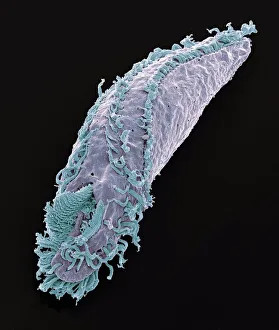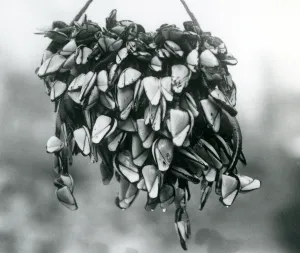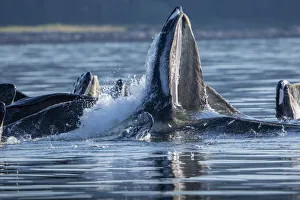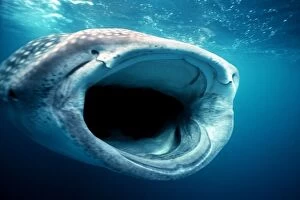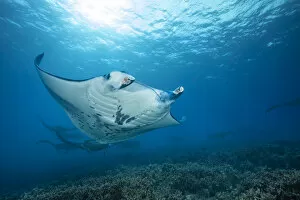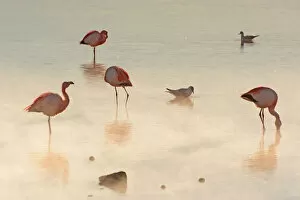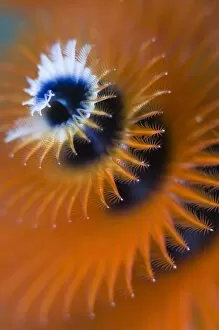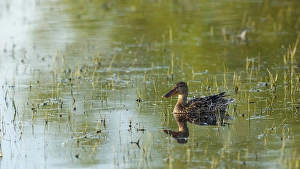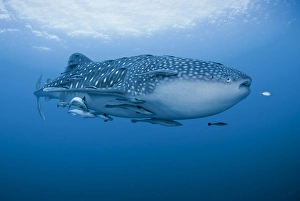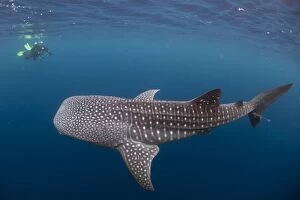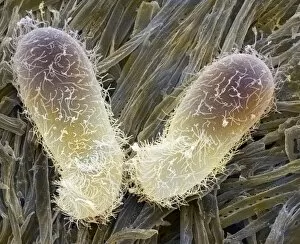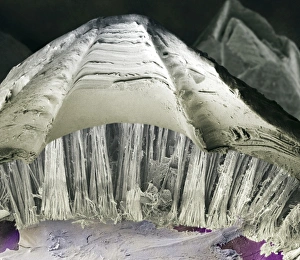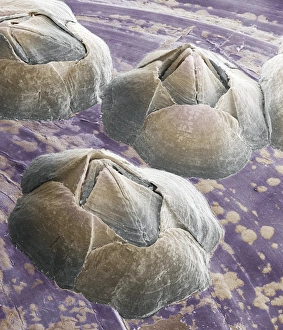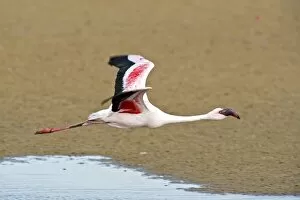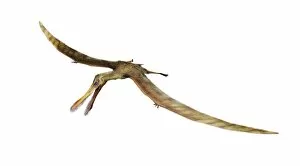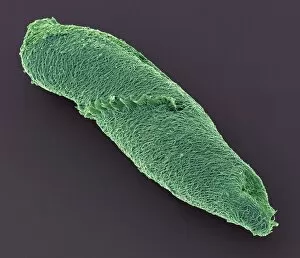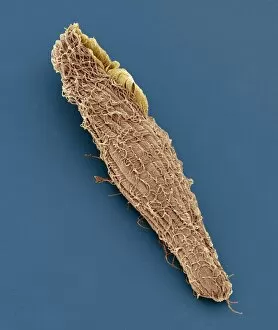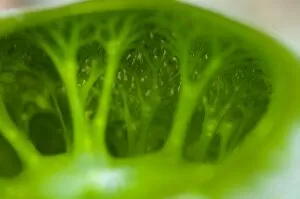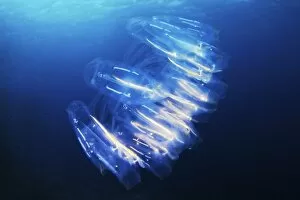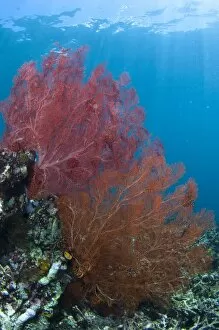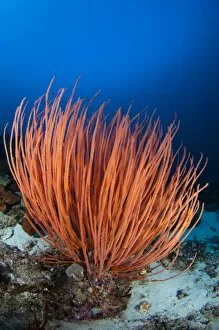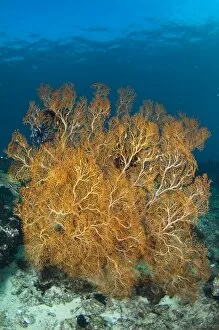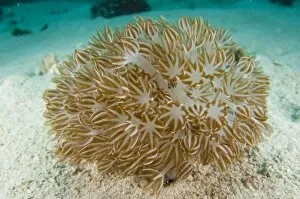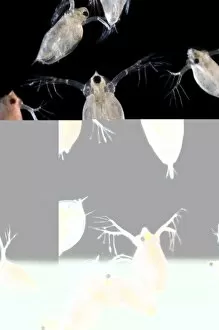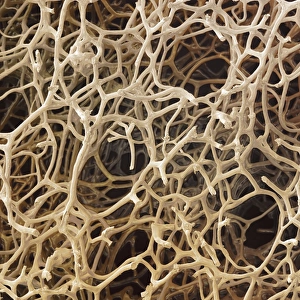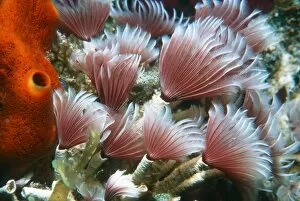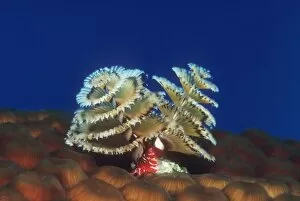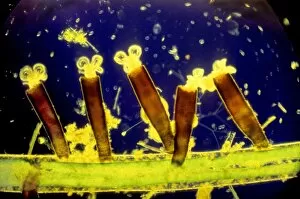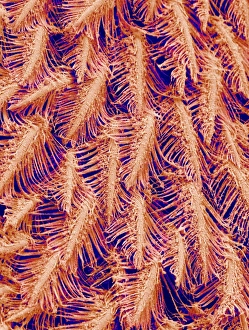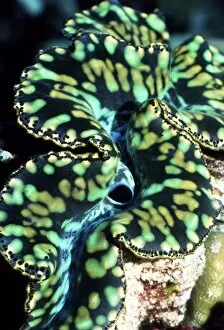Filter Feeder Collection
"Filter Feeders: Nature's Masters of Sustenance" From the microscopic Oxytricha ciliate protozoan to the majestic Humpback Whales
All Professionally Made to Order for Quick Shipping
"Filter Feeders: Nature's Masters of Sustenance" From the microscopic Oxytricha ciliate protozoan to the majestic Humpback Whales, filter feeders come in all shapes and sizes. These fascinating creatures have evolved unique adaptations to thrive by consuming particles suspended in water. In the depths of Alaska's waters, a clump of Pelagic Gooseneck and Smooth Gooseneck Barnacles hang suspended, their feathery appendages delicately filtering nutrients from passing currents. Meanwhile, Herring fish leap frantically trying to escape the massive jaws of Humpback Whales as they engage in bubble net feeding, creating an underwater spectacle that showcases nature's raw power. Traveling further south to Oregon's Baskett Slough National Wildlife Refuge, we encounter Northern Shovelers gracefully gliding across tranquil waters. With specialized bills designed for sifting through mud and water, these ducks skillfully extract tiny organisms and algae - true masters of filter feeding. Venturing into Indonesia's Cenderawasih Bay reveals a mesmerizing sight: a whale shark with its mouth wide open engulfs vast amounts of plankton while remoras cling onto its skin for protection and easy access to food. This gentle giant exemplifies efficient filter feeding at its finest. Heading westward towards Australia's Ningaloo Reef brings us face-to-face with another remarkable creature - the Reef Manta Ray. Cruising over shallow waters off Ukumehame in a mating train, these elegant rays effortlessly skim through the ocean surface while filtering out zooplankton from their path. In South America's Andean region stands a flock of Pink Flamingos against breathtaking landscapes. These vibrant birds dip their curved beaks into shallow waters, straining out small crustaceans and algae as they elegantly sweep their heads side to side - nature’s living filters painting picturesque scenes.

